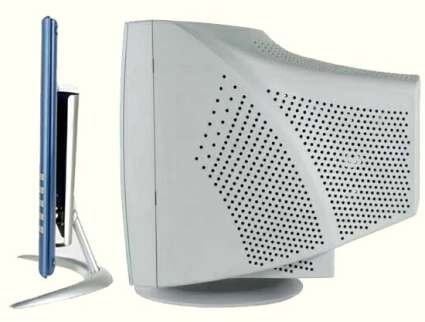Google voice is one of the most anticipated services offered by Google and it is still not open to everybody. This service allows you to make free calls allover US and Canada and allows you to use one phone number for all your existing numbers. The call lands on your Google number and all the phones that you have configured, will ring. You can have different settings for different users and so on. I will write a different post on Google Voice features later.
Today I’ll let you know, how you can sign up and use Google Voice outside USA. Following are the steps.
Step 1 – Request Invite
This service, as I said still is’nt open to everyone yet and is available to those who have been invited by Google. To receive an invite, you need to request for this invitation. Simply go to https://services.google.com/fb/forms/googlevoiceinvite/ and request an invitation with your email address. This probably the longest step because you may have to wait for several days, even weeks for the invitation to land in your inbox.
Step 2 – Get a US phone number
If you are reading this, the chances are that you dont live in US and dont have a US phone number. Why am I talking about this? Whenever you receive the invitation and you try to sign up, google will ask you for your US telephone number to link with your Google Voice account. You need at least one such number. All the calls you make using Google Voice will be directed to that number. To get such a number you can use one of the following services:
- Virtual Phone Line – http://www.virtualphoneline.com
- Get a Skype online phone number – http://www.skype.com/allfeatures/onlinenumber/
Make sure you buy a number that is US based only (starts with +1)
Step 3 – Make Google Voice account
The email that you receive as an invite from Google will contain the link. Click that link and accept the invite, make an account. While signup process, you will be asked for your US number, give the number you bought in step 2. You should be ready to use Google talk in no time. 🙂
Now all your calls to your google number will land on your virtual phone line number or on your skype. All your SMS will land in your google.com/voice inbox and you have all the features of Google Voice running like a charm.
Let me know how did your experience go.





